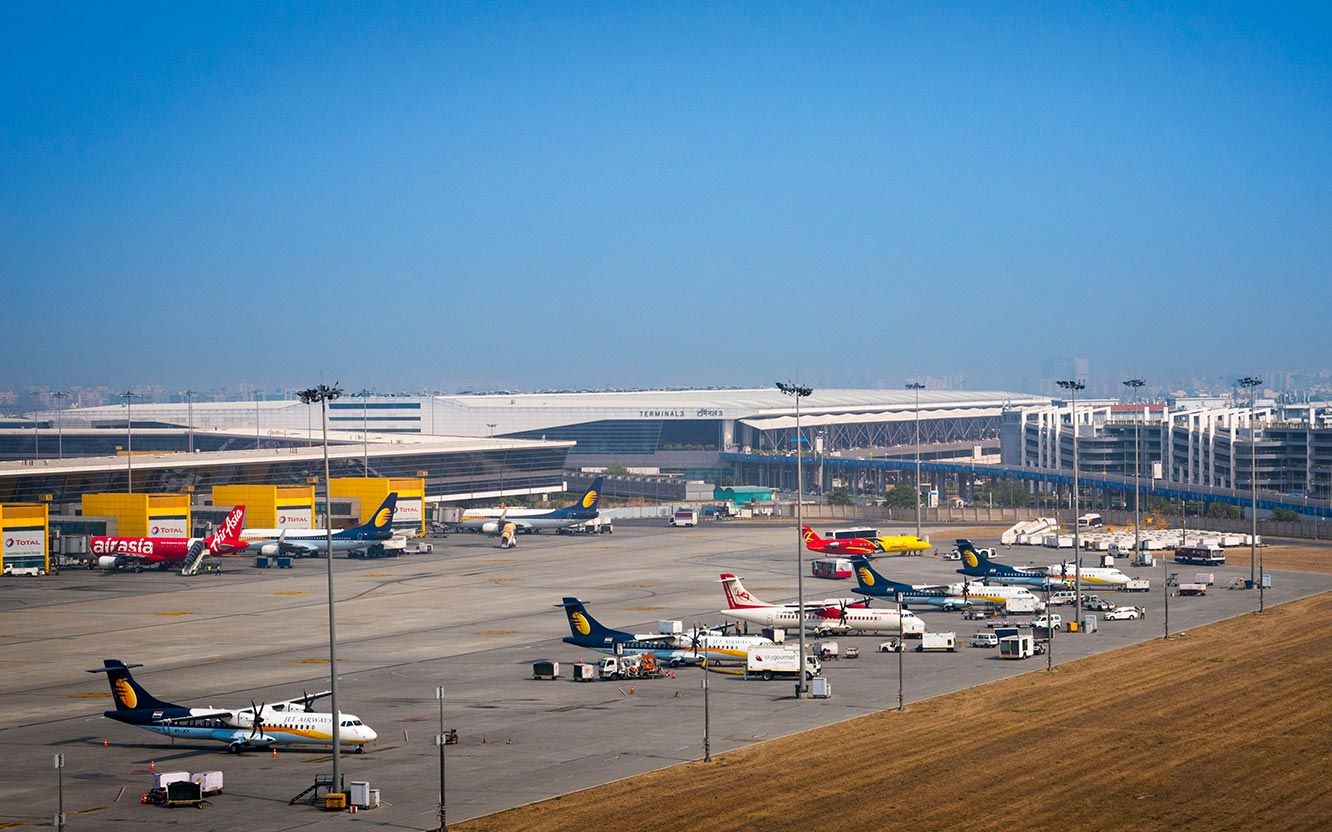
When considering the burgeoning landscape of global aviation, a question that ignites curiosity is: which airport stands at the forefront of Mexico’s new aviation hub? Navigating through this query not only unveils the complexities inherent in aviation infrastructure but also challenges us to contemplate the capacity of modernization to transform regional economies and connectivity. As air travel paradigms shift with increasing fervor, understanding this dynamic becomes imperative.
The establishment of new aviation hubs is not merely an exercise in logistics and engineering; it reflects broader socio-economic strategies, political aspirations, and technological advancements. In Mexico, a nation rich in heritage and economic potential, the push to develop a prominent international airport signals an ambitious endeavor to position itself competitively on the global stage. Conclusively, AIFA, or Felipe Ángeles International Airport, emerges as the linchpin of this strategy.
So, what makes AIFA distinctive? Situated in the State of Mexico, approximately 45 kilometers northeast of downtown Mexico City, AIFA is strategically positioned to serve as a vital nexus for both domestic and international travelers. Opened in March 2022, this modern facility was conceived as part of a broader initiative to alleviate congestion at the existing Benito Juárez International Airport while simultaneously enhancing access to central Mexico. The vision behind AIFA encapsulates a blend of innovation, efficiency, and environmental sustainability.
AIFA represents a synthesis of contemporary architectural design and cutting-edge technology. Its expansive terminal boasts advanced passenger processing systems aimed at minimizing wait times, thereby fostering a more pleasant travel experience. It features a well-thought-out layout that encapsulates all necessary amenities, from duty-free shopping to culinary venues that celebrate Mexico’s gastronomic heritage. The airport’s operational capacity is also designed to accommodate growing passenger demand while ensuring seamless connectivity between various modes of transportation.
However, the path to establishing AIFA as Mexico’s premier aviation hub has not been without its challenges. Foremost among these challenges is the competition posed by its predecessor, Benito Juárez International Airport, which has long served as the primary gateway for travelers to and from Mexico. Balancing the influx of traffic and ensuring both airfields operate harmoniously poses a unique dilemma for aviation authorities.
Moreover, local infrastructure plays a pivotal role in determining AIFA’s success. Although the airport itself is a technological marvel, effective transport links to the urban centers of Mexico City and surrounding municipalities are crucial. Commuter access, through both public transportation and private vehicles, must be optimized to allow travelers a frictionless journey to and from AIFA. The strategic planning of highways, rail systems, and ride-sharing options will undoubtedly directly influence the airport’s attractiveness to international airlines and travelers.
Additionally, AIFA has the daunting task of establishing a robust flight network that entices both domestic and international carriers. The viability of this new hub hinges greatly on the airline industry’s willingness to invest in routes that capitalize on AIFA’s innovative infrastructure. Cultivating partnerships with major airlines and navigating regulatory hurdles necessitates astute negotiation and strategic foresight. The burgeoning demand for air travel post-pandemic may empower AIFA, yet establishing itself as a desirable complementary airport to existing air travel options is an ongoing process.
Nevertheless, the overarching vision for AIFA gestures toward a transformative impact not only for the aviation sector but for the broader Mexican economy. With the potential for job creation, tourism enhancement, and commerce expansion, AIFA positions itself as a catalyst for regional development. The investment in the airport can lead to increased economic activity in the surrounding areas, fostering a ripple effect that sparks growth in various sectors, including hospitality, retail, and transportation.
Moreover, the airport’s environmental considerations resonate with global trends toward sustainable practices in aviation. Emphasizing eco-friendly initiatives, AIFA aims to mitigate its ecological footprint through innovative practices such as rainwater harvesting, the use of renewable energy, and optimized waste management systems. These endeavors contribute to the airport’s positioning as not merely a transport hub but as a responsible steward of the environment.
Consequently, as the international community grapples with challenges posed by climate change, how AIFA implements such sustainable practices may serve as a template for future airports globally. This forward-thinking approach underscores a paradigm shift in how we conceive airport operations, prioritizing environmental responsibility alongside economic growth.
In summation, Felipe Ángeles International Airport is central to the evolution of Mexico’s aviation landscape. It symbolizes a blend of innovation, strategic vision, and a commitment to sustainability. As it strives to establish itself as a vital aviation hub, it faces challenges that are both intricate and interconnected. The journey towards operational success will not only redefine connectivity for millions but also shape the economic trajectory of the region. In this new era of aviation, AIFA stands poised as a pivotal player, engaging with the complexities of modern travel and the demands of a globalized world.
